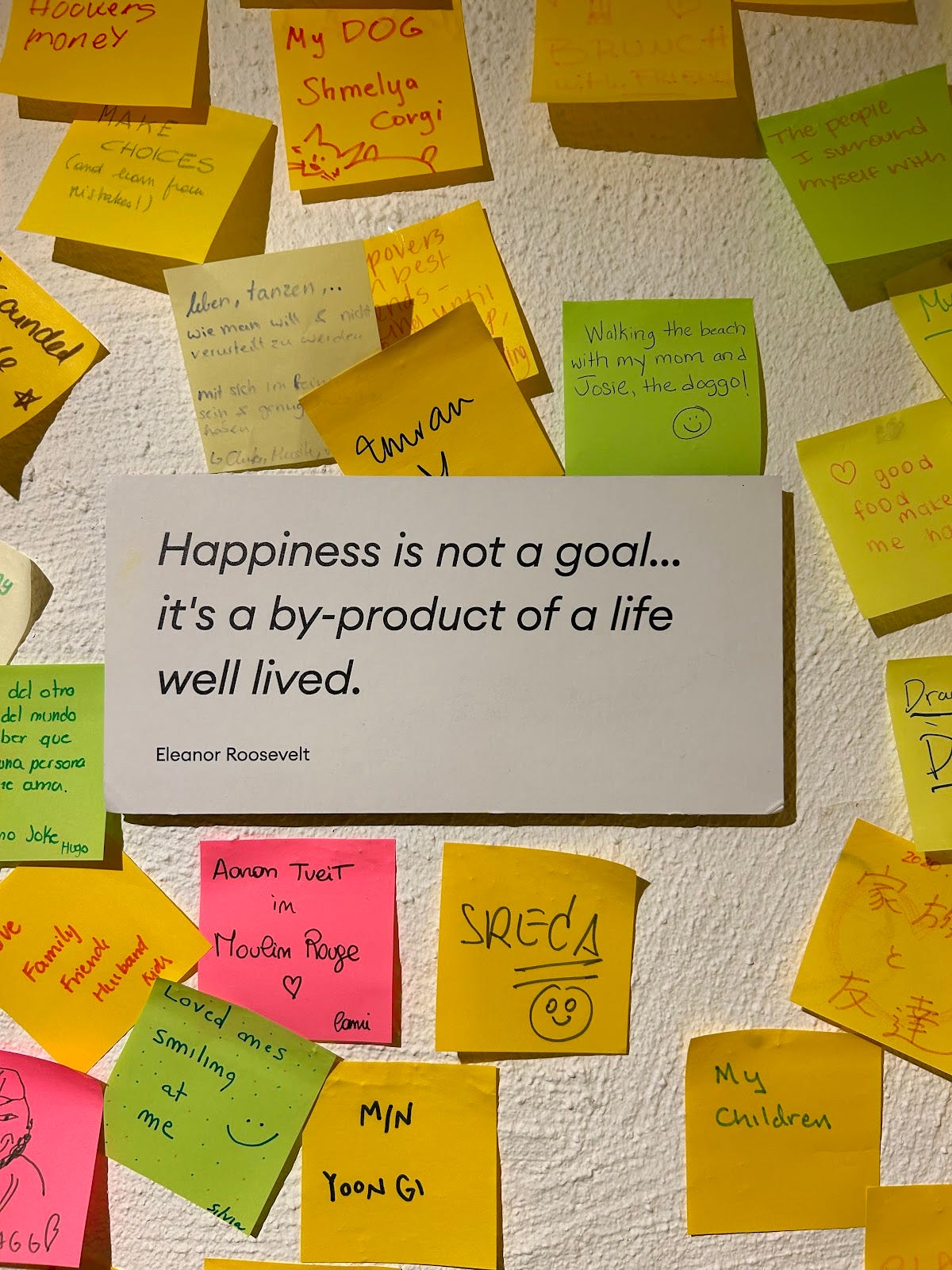Copenhagen and the true meaning of happiness
The final leg of my European travels this summer consisted of a 24-hour layover in Copenhagen. I’ve read about Copenhagen’s person-oriented city design, but actually experiencing the downtown scene was something else.
For starters: traveling from the airport into downtown Copenhagen via their Metro system was easier than any public transit connection I’ve ever used. Their Metro runs at a 6-minute frequency and has a significant amount of connections throughout the downtown area.
Once you’re in downtown, you’re greeted by a sight that would be considered inconceivable to most Americans: just about every major street has raised and separated bike lanes with their own signaling and parking lots for cyclists to store their bikes while they shop, eat, or mingle. The thought of a bike parking lot had not crossed my mind until I parked my own rental bike there. I biked to every major attraction in downtown, and covered a lot of ground thanks to how fast and safely I was able to move on my bike. It was a foreign experience just how safe biking downtown was. It took me a good half-hour to acclimate with the lack of emissions blowing in my face and the constant defensiveness that I cycle with in Durham.
Because the bicycle is so commonly used, the spaces in downtown are built for people to utilize rather than to fit all their cars. The result is impressive: space for folks to meet with one another, enjoy the fresh summer weather, shop the seasonal produce available in the outdoor markets, and partake in everyday life with a care-free nature quite rare in the States. This includes Strøget, the outdoor shopping mall cut off almost entirely to cars. The streets were packed with folks walking through the pedestrian streets, with the similar feel to an American outdoor mall but without the hassle of finding parking and the costs associated with driving a car.
I’ve linked the TikTok I filmed documenting what I saw in Copenhagen, but I want to highlight what I thought was the main attraction on my layover: the Happiness Museum. Copenhagen consistently ranks among the top cities worldwide when measuring happiness. The Museum explores this idea and what it means to ‘measure’ happiness among a society. The exhibits point to a multitude of factors in our everyday life that influence our happiness, including the way we organize our cities and how low-pollution methods of travel such as walking, cycling, and taking public transit are associated with a happier populace.
The Museum also rejects the idea that Gross Domestic Product (GDP) and other economic indicators alone correlate with a happy way of life, using the United States as a prime example. Despite being one of the richest countries in the world, the United States is not in the top echelon of happiest nations with its Western contemporaries. The same metric applies for people: the Museum discusses how once one has enough income to afford their basic needs and then some, happiness only increases incrementally, and even decreases, depending on how much additional wealth is accrued.
This contradicts the notion Americans grow up with that to live a fulfilling life is to live a wealthy life. One could attribute the lower average levels of happiness experienced in the States to poor urban design just as they could to the hyper-capitalist mentality in the States that prioritizes ‘getting ahead’ in your career and amassing as much wealth as possible. The Museum identifies income inequality as another happiness indicator that could explain the United States’ shortcomings.
Finally, the Museum has a back room where folks can write on a sticky note what happiness looks like to themselves and post their message on the wall. The exercise yields a wide variety of ‘meanings of happiness’ that I’ve posted below:
I hope you weren’t reading this post with the expectation that I would tell you the true meaning of happiness. But I can tell you that Copenhagen has gotten closer to the answer than the rest of us, thanks in part to how they’ve built their community around the people living there instead of the cars bringing them there.
Downtown Copenhagen mostly rebuffs the ‘middleman’ that the automobile has served for Americans to use to travel to places a short walk away just to walk anyway. It links travel and arrival at your destination into a cohesive urban experience that is free of the aggravation brought on by traffic, parking, and pollution. The result is the happiest and healthiest population in the world– the United States could stand to learn a thing or two from when it comes to organizing our communities.
To see some of my sights from my layover in Copenhagen, watch my TikTok.




